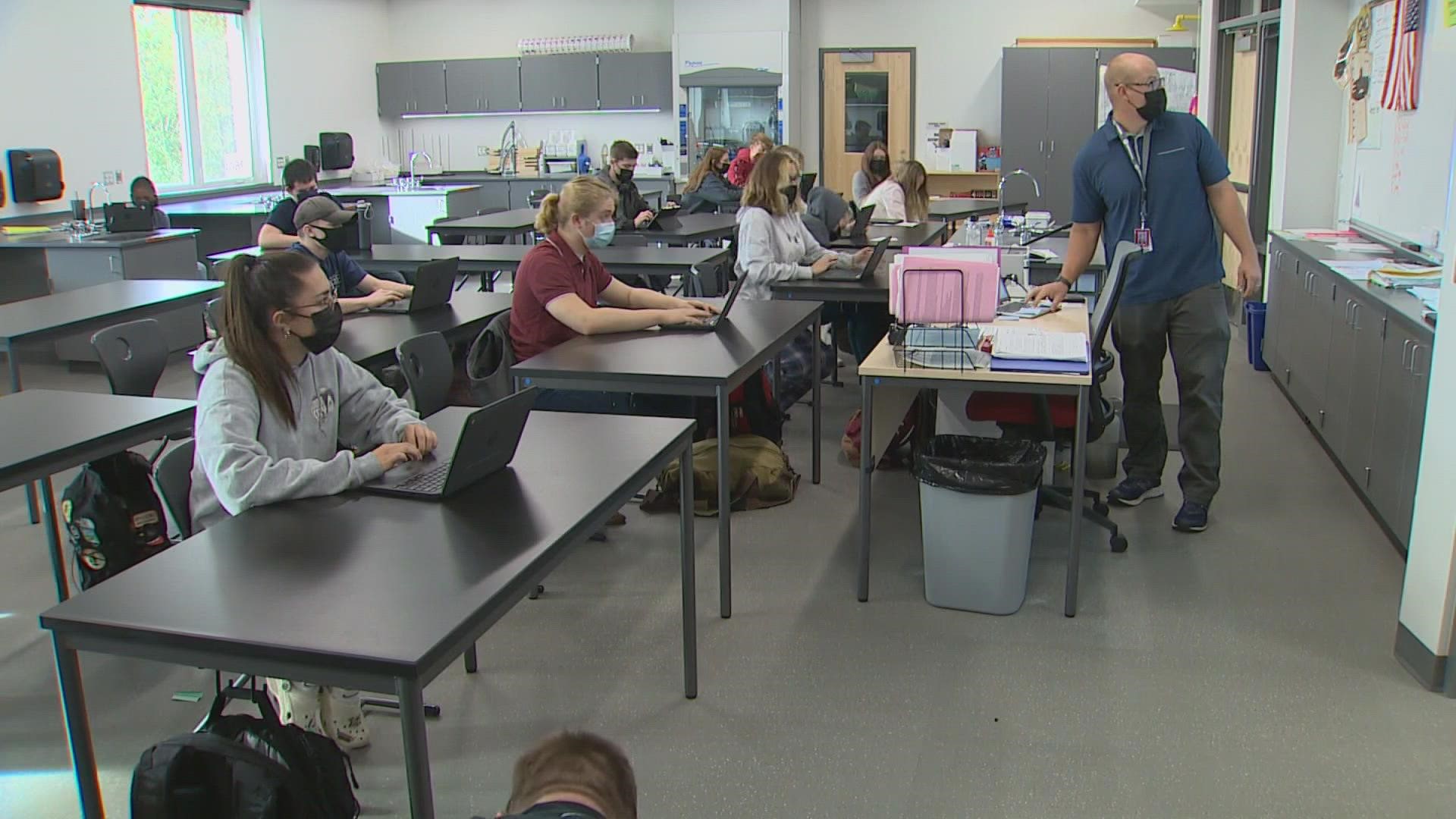SEATTLE — Are you prepared if an earthquake hits Washington state?
On Thursday, more than 1 million Washingtonians participated in "The Great ShakeOut," the largest earthquake and tsunami drill in the world.
The annual earthquake drill was at 10:21 a.m. PT Thursday. State emergency officials encouraged the public to participate as a reminder of what to do in an earthquake: drop, cover and hold on.
The drill is widely practiced in schools, businesses and government agencies. At least 1.3 million Washingtonians are registered to participate in the drill, and over 31.1 million participants are registered worldwide.
Washington was also expected to test its network of coastal tsunami sirens during The Great ShakeOut. Around 10:21 a.m., tsunami sirens were expected to go off using the “wailing sound” of a tsunami warning.
The Westminster Chimes used during the monthly tsunami siren tests will not be used. Emergency officials asked the public not to call 911 if they hear the wailing sound.
Officials expected around 100 of the 122 tsunami sirens across the state to be tested.
Organizers shared the following steps to help reduce the risk of injury when, not if, a major earthquake hits Washington:
- DROP where you are, onto your hands and knees. This position protects you from being knocked down and also allows you to stay low and crawl to shelter if nearby.
- COVER your head and neck with one arm and hand. If a sturdy table or desk is nearby, crawl underneath it for shelter. If no shelter is nearby, crawl next to an interior wall away from windows. Stay on your knees; bend over to protect vital organs.
- HOLD ON until shaking stops. If you are under shelter, hold on to it with one hand and be ready to move with your shelter if it shifts. If you are not under shelter, hold on to your head and neck with both arms and hands.
While The Great ShakeOut only takes a minute, it is a chance to remind yourself and your family what else to think about when a disaster strikes.
Emergency officials said you should know the potential hazards where you live and work and sign up for earthquake alerts and warnings.
You should also have a plan in place.
Talk with your family about where to meet and how to communicate. Contacting and checking on family members can often be done by having an out-of-state friend or family member everybody knows to call.
You should also build disaster kits for your home. Each kit should have enough supplies to keep you going for at least two weeks, and even longer in coastal communities.

